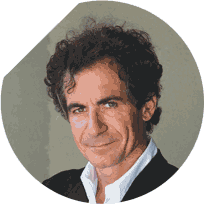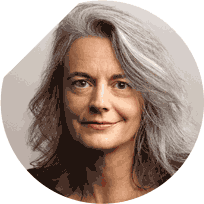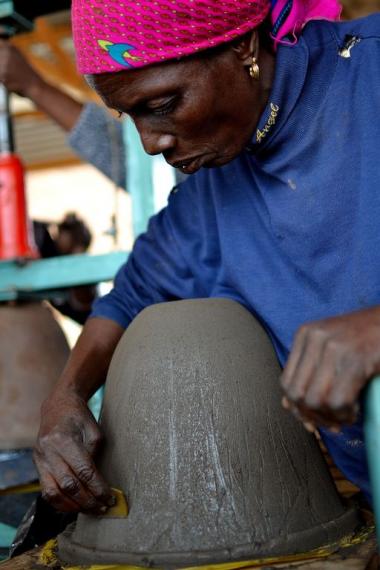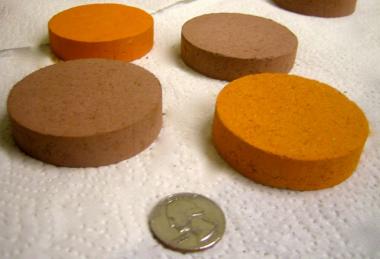A Sept. 27, 2015 news item on the Algérie Presse Service (rough translation: Algerian Press Agency) describes plans for a new nanotechnology centre shared by Algeria and South Africa,
Un projet de réalisation d’un centre de recherche algéro-sud-africain dédié à la synthèse et la caractérisation des nanomatériaux (structures à l’échelle de l’atome) pour différentes applications, a été annoncé dimanche à Alger lors d’un workshop sur les nanotechnologies.
Le lieu d’implantation du centre et le programme qui lui sera dédié seront décidés par le ministre de l’Enseignement supérieur et de la Recherche scientifique et son homologue sud-africain lors d’une réunion prévue en octobre prochain en Afrique du Sud, a indiqué Pr. Hafid Aourag, DG de la Recherche scientifique et du développement technologique qui présidait ce workshop entre experts algériens et sud africains sur les nanotechnologies.
The announcement about the new centre was made during a nanotechnology workshop being held in Algiers this last weekend (Sept. 26-27, 2015). The proposed nanotechnology center’s location and other details will be decided by the Algerian Minister of Higher Education and Scientific Research and his South African counterpart during an October 2015 meeting in South Africa according to Hafid Aourag, professor and Director General of Scientific Research and Technological Development in Algeria.
Aourag noted that Algeria and South Africa have a long and successful history of science collaboration,
“La coopération de l’Algérie avec l’Afrique du Sud a atteint un stade très avancé”, a-t-il estimé, révélant l’existence de “beaucoup de projets entre les laboratoires de recherche des deux pays”.
Pr. Aourag a rappelé que les deux pays avaient déjà “cofinancé plus de 25 projets” ayant donné des résultats concrets comme la publication de 35 travaux dans des revues et la réalisation de produits innovants issus des nanotechnologies.
“Il s’agit essentiellement de produits issus des nanomatériaux dans les domaines de l’agriculture et du traitement de l’eau”, a-t-il précisé.
There have been some 25 joint nanotechnology projects ranging from agricultural applications to water treatment.
Aourag added,
Il a relevé que la première centrale technologique en Algérie, dédiée à la fabrication des semi-conducteurs et spécialisée en nanotechnologie, “est déjà fonctionnelle et sera inaugurée, en octobre prochain”.
If I understand this rightly, Aourag is saying that Algeria has focussed on the semiconductor industry and the fabrication of parts at the nanoscale and this will be inaugurated October 2015.
It’s not clear to me if this business about the semiconductors is part of the nanotechnology centre initiative or if it’s an incidental, related announcement.
As I found this north-south collaboration intriguing, I ran a search and found this on the University of South Africa website in a Sept. 10, 2013 news release,
Professor Malik Maaza, incumbent of the UNESCO-Unisa Africa Chair in Nanoscience and Nanotechnology, continues to represent the continent on the global nano stage. He was recently elected as the only African member of the advisory board of the Royal Society of Chemistry’s Journal of Materials Chemistry A, a prestigious materials journal.
…
With about 20 years of experience in nanosciences, Algerian born and an adoptive South African [emphasis mine] Professor Malik Maaza is an ideal incumbent for the UNESCO-Unisa Africa Chair in Nanoscience and Nanotechnology. He has undergraduate degrees in Solid State Physics and Photonics from the University of Oran, Algeria, and University of Paris VI, France. His PhD in Neutron Optics was obtained from the University of Paris VI.
He is a man passionate about voicing Africa’s nanoscience and nanotechnology knowledge production progress and contributions. Parallel to the initiation of the South African Nanotechnology Initiative (SANi) launched in 2006, which Maaza instigated with Dr Philemon Mjwara, current Director General of the national department of science and technology, in 2005, in Trieste-Italy, under the patronage of [The World Academy of Sciences] TWAS, [Abdus Salam International Centre for Theoretical Physics] ICTP and [United Nations Industrial Development Organization] UNIDO, he initiated the Nanosciences African Network (NANOAFNET), which has its headquarters at the iThemba LABS-NRF in Cape Town.
That’s all I’ve got on Algeria-South Africa science-themed relations and connections.
Should anyone have a better translation than I’ve been able to offer or more details about any aspect of this initiative, please do leave a comment.
 Cédric Villani, Fields Medal 2010
Cédric Villani, Fields Medal 2010 Etienne Klein, physicist and philosopher
Etienne Klein, physicist and philosopher Brigitte Kieffer, Campaigner for women in science
Brigitte Kieffer, Campaigner for women in science
